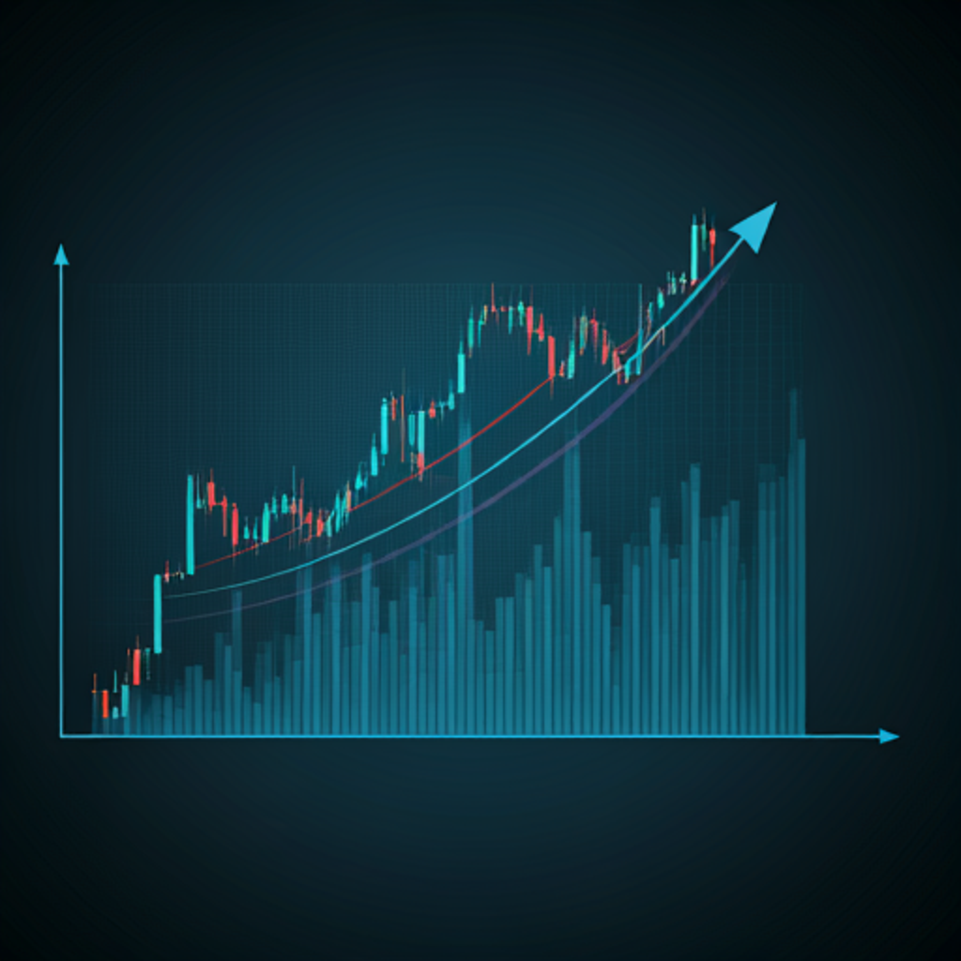Navigating the Stock Market Rollercoaster: Tips for Investors
What Causes Market Fluctuations?
Market fluctuations are primarily driven by supply and demand dynamics. When more investors want to buy a stock than sell it, prices rise. This can create a sense of urgency. Economic indicators, such as unemployment rates and GDP growth, also play a crucial role. They can signal the health of the economy. Investors often react quickly to these signals. Market sentiment can shift rapidly, influenced by news events or geopolitical tensions. It’s fascinating how quickly emotions can change. Additionally, corporate earnings reports can lead to significant price movements. Strong earnings can boost investor confidence. Conversely, disappointing results can trigger sell-offs. Understanding these factors is essential for informed investing.
The Impact of Economic Indicators
Economic indicators serve as critical barometers for market performance. They provide insights into the overall health of the economy. For instance, rising unemployment rates typically signal economic distress. This can lead to decreased consumer spending. Investors often react swiftly to such data. Inflation rates also play a significant role in shaping market expectations. High inflation can erode purchasing power, prompting central banks to adjust interest rates. This is a crucial consideration for investors. Furthermore, GDP growth rates indicate the pace of economic expansion. Strong growth can bolster investor confidence. Conversely, stagnant growth may lead to market pessimism. Understanding these indicators is vital for strategic investment decisions.
Investment Strategies for Uncertain Times
Diversification: Spreading Your Risk
Diversification is a fundamental strategy for managing investment risk. By allocating assets across various sectors, he can mitigate potential losses. This approach reduces the impact of poor performance in any single investment. It’s a smart way to protect capital. Additiojally, incorporating different asset classes, such as stocks, bonds, and real estate, enhances overall portfolio stability. Each asset class reacts differently to market conditions. This creates a buffer against volatility. Investors should also consider geographic diversification. Spreading investments across regions can further reduce risk exposure. It’s essential to evaluate the correlation between assets. A well-diversified portfolio is more resilient.
Long-Term vs. Short-Term Investing
Long-term investing focuses on building wealth over time. This strategy often involves holding assets for several years. It allows for the compounding of returns. Patience is key in this approach. In contrast, short-term investing seeks quick gains. This method can be more volatile and risky. Investors may react to market fluctuations rapidly. Quick decisions can lead to emotional trading. Long-term investors typically rely on fundamental analysis. They assess the intrinsic value of assets. Short-term investors often use technical analysis. They analyze price movements and trends. Each strategy has its merits and risks. Understanding personal goals is crucial.
Utilizing Technical Analysis
Key Indicators to Watch
Key indicators are essential for effective technical analysis. He should monitor price trends, volume, and momentum. These factors provide insights into market behavior. Important indicators include:
By analyzing these indicators, he can make informed decisions. Each indicator serves a specific purpose. Understanding their implications is crucial for successful trading. Knowledge is power in the market.
Chart Patterns and Their Significance
Chart patterns are vital tools in technical analysis. They help identify potential market movements. Common patterns include head and shoulders, triangles, and flags. Each pattern signals different market conditions. For instance, a head and shoulders pattern often indicates a reversal. This can suggest a shift from bullish to bearish sentiment. Conversely, triangles can signal continuation or reversal, depending on the breakout direction. Recognizing these patterns allows for strategic entry and exit points. Traders often rely on volume to confirm patterns. Increased volume can validate a breakout. Understanding these patterns enhances decision-making. Knowledge of chart patterns is essential for success.
Emotional Discipline in Trading
Recognizing Emotional Triggers
Recognizing emotional triggers is crucial for successful trading. Traders often experience fear, greed, and anxiety. These emotions can cloud judgment and lead to impulsive decisions. Identifying specific triggers helps in managing reactions. Common triggers include:
By understanding these triggers, he can develop emotional discipline. Implementing a trading plan is essential. A well-defined strategy reduces emotional decision-making. Regularly reviewing trades can also provide insights. Self-awareness is key in trading. It fosters better decision-making.
Developing a Trading Plan
Developing a trading plan is essential for consistent success. A comprehensive plan outlines specific goals and strategies. He should define his risk tolerance clearly. This helps in making informed decisions. Key components of a trading plan include:
By adhering to a structured plan, he can minimize emotional trading. Regularly reviewing and adjusting the plan is also important. This ensures it remains aligned with market conditions. Discipline is crucial in following the plan. It fosters a systematic approach to trading.
Integrating Cryptocurrency into Your Portfolio
Benefits of Including Crypto Assets
Including crypto assets in a portfolio offers several advantages. First, cryptocurrencies can provide diversification benefits. They often exhibit low correlation with traditional assets. This can reduce overall portfolio risk. Additionally, the potential for high returns is significant. Many cryptocurrencies have experienced substantial price increases. He should also consider the growing adoption of digital currencies. This trend may enhance their long-term value. Furthermore, cryptocurrencies can serve as a hedge against inflation. They are decentralized and not directly tied to any government. Understanding the unique characteristics of crypto assets is essential. Knowledge is key to making informed decisions.
Risks and Considerations
Integrating cryptocurrency into a portfolio involves several risks. First, the market is highly volatile. Price fluctuations can be extreme and rapid. This can lead to significant financial losses. Additionally, regulatory uncertainty poses a challenge. Governments worldwide are still defining their stance on cryptocurrencies. He should also consider security risks associated with digital assets. Hacks and thefts can result in irreversible losses. Furthermore, the lack of historical data makes long-term predictions difficult. This uncertainty can complicate investment strategies. Understanding these risks is crucial for informed decision-making. Knowledge is essential for navigating this landscape.
